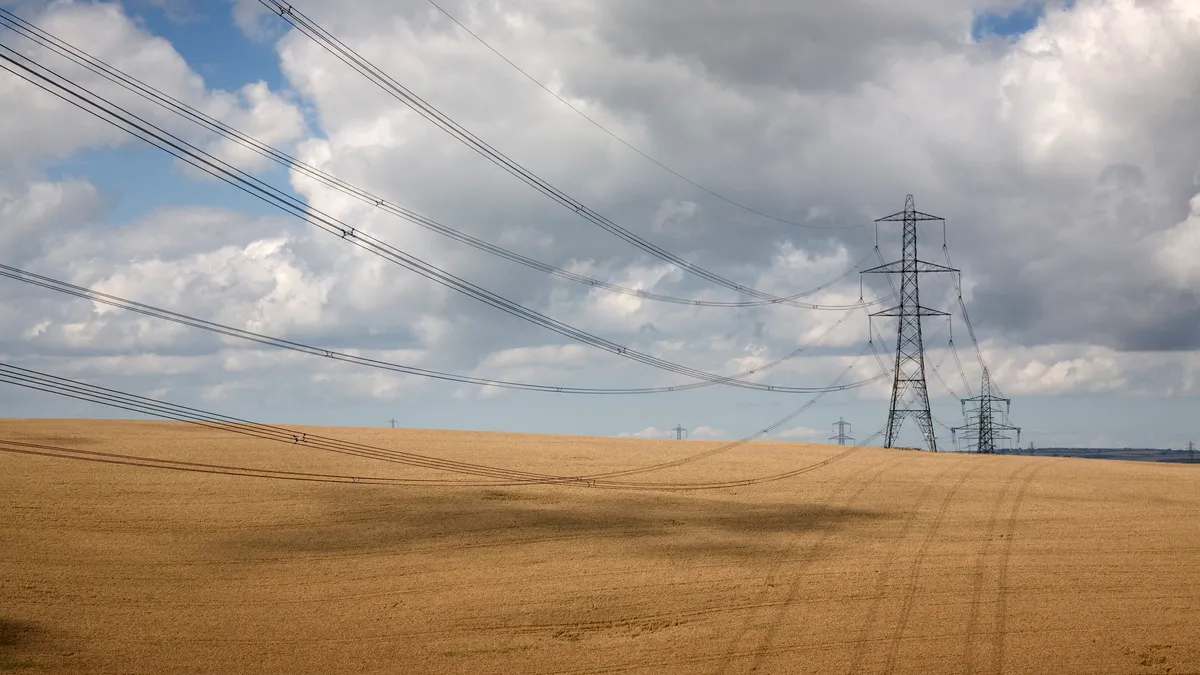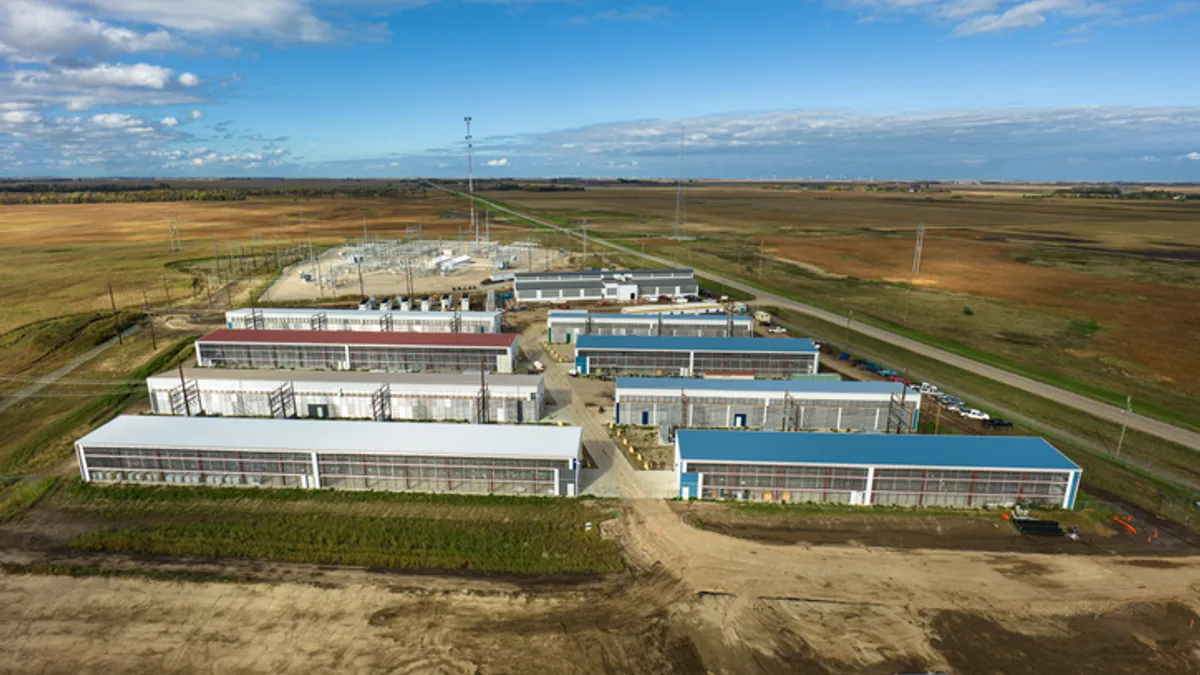Libby Calnon is general manager at Hood River Electric & Internet Co-op, Clay Fitchis CEO at Wells Rural Electric Company, Mark Hayden is general manager at Missoula Electric Cooperative, Bear Prairie is general manager at Idaho Falls Power, Chris Robinson is general manager at Tacoma Power and Jim Webb is president and CEO at Lower Valley Energy.
There are currently two day-ahead market options competing for participants across the West: the California Independent System Operator-operated Extended Day Ahead Market, or EDAM, and the Southwest Power Pool’s Markets+. While some have suggested that market footprint alone should drive entities’ decisions between the two markets, that evaluation fails to consider critical elements which will impact outcomes for ratepayers. In taking a more holistic view of the potential market offerings, public power utility customers of the federal Bonneville Power Administration, or BPA, in the Pacific Northwest are supporting Markets+ as the preferred option for BPA’s day ahead market participation. Our rationale is easy: It all comes down to the fundamentals of market design and governance.
For some parties engaging in the markets discussion, the issue of having a single market footprint has become the paramount criteria for determining which market option should be adopted — their vision of success appears to be based on this criteria alone. For them, the importance of joining California utilities in the CAISO EDAM is a forgone conclusion, the consideration of all other risks, concerns and individualized needs of market participants appears to be a moot point.
A recent Utility Dive opinion piece by Bob Jenks does just this. Jenks criticizes the recent Western Markets Exploratory Group study as a “an advertisement for a product that’s missing important details,” and in the same article describes forming an organized market without California as hurting “no one more than ratepayers” without providing any context for the complex mix of benefits and risks the ratepayers he represents would face by joining the CAISO EDAM. Mr. Jenks is so focused on inclusion of California he does not address the potential risks to the Oregon ratepayers he represents if they are served by a multistate market operated by an organization created by — and with statutory responsibility to — a single state in the footprint.
Others have made similar assertions about the importance of a single West-wide market, narrowly focusing on the potential market footprint as the greatest source of benefit or risk associated with market participation.
As with most decisions in our industry, we do not have the luxury of approaching this issue with such a myopic view. As the leaders of our utilities, it is our 24/7 responsibility to weigh the impacts of competing objectives and ultimately make decisions that will result in the most reliable and lowest cost service for our customers. We must consider not only today’s challenges, but how the decisions we make today will impact our communities for years to come. With these challenges in mind, the benefits of a single-market footprint begin to pale when compared with the other challenges that a single West-wide market could present for our communities.
As non-profit, consumer-owned utilities, we pride ourselves in serving the public, always balancing the competing objectives of low costs with reliable and dependable service. This culture of commitment to service is strong in the Pacific Northwest, embodied in utilities like those authoring this opinion piece, and supported in part through the historic mission and service of BPA. Our utilities have continued to invest in BPA to preserve its value and uphold its mitigation commitments all the while many of us are developing our own resources.
BPA’s preference customers fund all of the generation-related costs and more than 70% of the agency’s total costs. The historic investments made by BPA, funded by its preference customers, have allowed us to provide our customers with some of the most reliable, lowest cost and lowest emitting electric service in the country. We do not take this for granted and analyze with great scrutiny any potential changes to this paradigm.
Widespread organized markets have failed repeatedly in the West, due in no small part to fears that organized markets will bring increased risks. Perspectives on broader regional collaboration have been changing among Northwest public power, and we see greater opportunity in regional partnership than some of our predecessors did during previous market efforts. The formation of the Western Resource Adequacy Program, or WRAP, for instance, represents a very positive step forward in regional collaboration which promotes both greater regional benefits through increasing regional reliability and increased equity by adopting consistent methodologies for determining supply needs and resource contributions. It also promotes compensation mechanisms for those who support the needs of other participants during times of scarcity.
Successful expansion of regional collaboration, such as the WRAP, requires true partnership and equity among participants. This includes equal treatment under a market governance structure and equitable contribution from all participants towards retaining reliability in the market footprint. It also includes fair allocation of market benefits which correspond with the value that each participant brings to the market, for example, recognizing the value of firm, flexible, carbon free resources like the Federal Columbia River Power System.
The Southwest Power Pool’s Markets+ offers this partnership and equity. SPP staff serve as subject matter experts and facilitators, but do not determine which proposals decision-makers consider — that is left up to stakeholders and participants. The decision-making body in Markets+ is independent and has no fiduciary or statutory responsibility to any particular market participant. Through participation in this stakeholder structure, Northwest public power entities, along with stakeholders across the West, have developed a proposed market design that achieves greater equity among market participants.
We encourage others to look beyond a simple assessment of the market footprint and consider other criteria as well in evaluating these market options. We remain committed to collaborating with and trading with entities across the West, whether a single or multiple market framework is adopted. Multiple market frameworks exist in the market today — CAISO, EIM, bilateral, WEIS — and are almost certain to continue in the future. Instead of coercing the entire West into a single market, we should turn our attention to facilitating trade among multiple markets as a better use of our time and energy.






















